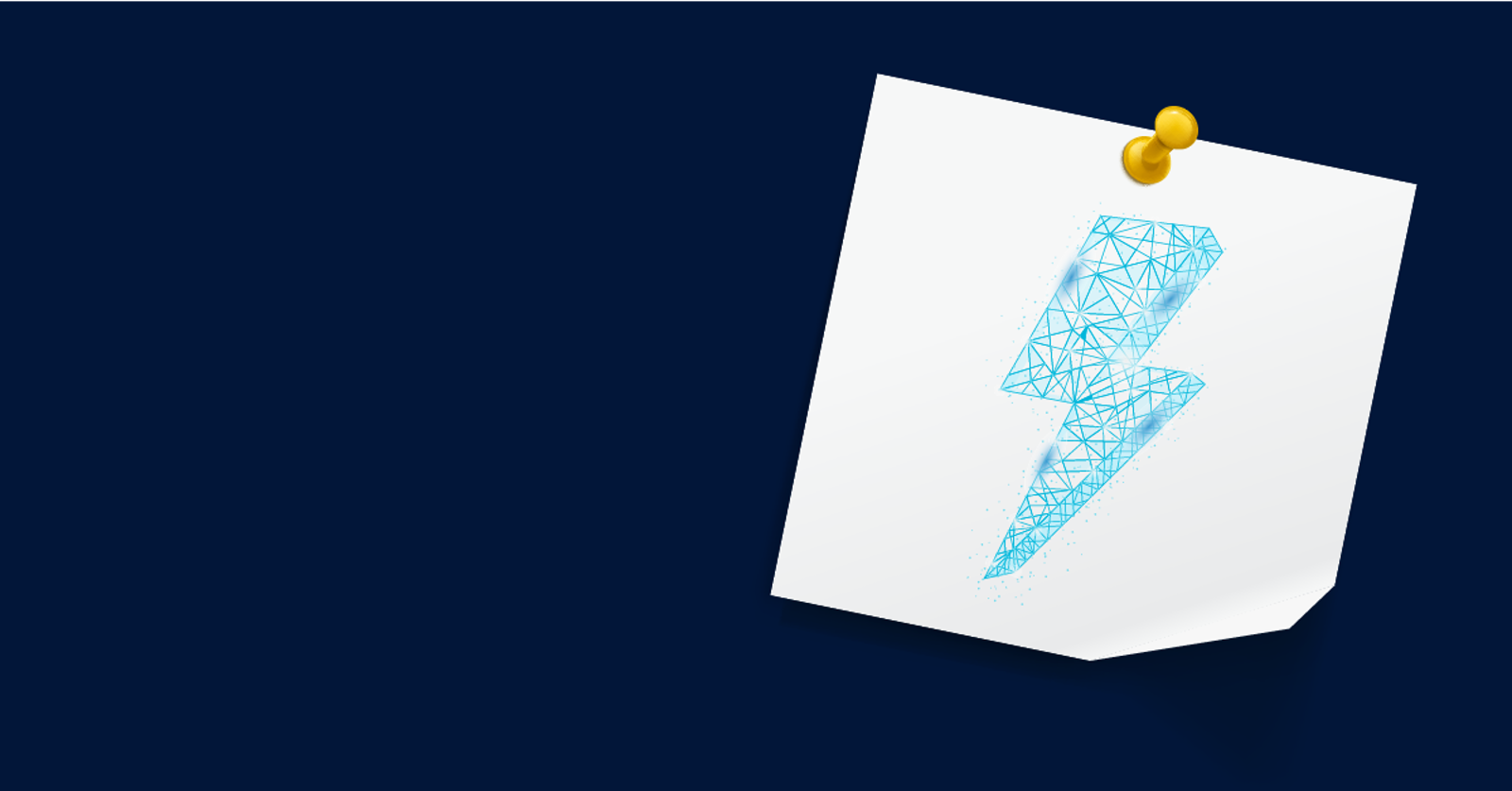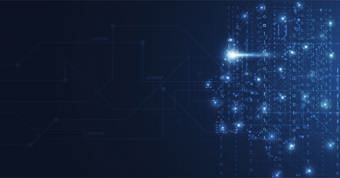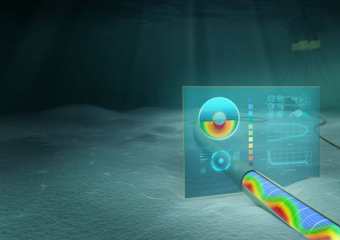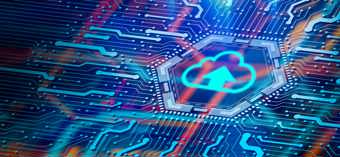
Conference Blitz Bits
What do we think about when we hear the words ‘digital twin’? There are many definitions out there, but one thing is certain - as digitalization continues to find its footing within the energy industry, it is shifting from a nice-to-have to a must-have. This past month saw two major conferences take place where many priorities were brought into the spotlight, highlighting the work that is still to be done and how digital twin technology will continue to play a fundamental role in the energy transition.
These things take time…
Transforming industries, cultures, and lifestyles take time. Digital twins are changing the way we work from top to bottom and bottom up. It will take more than just technology to change pace and enable the long-term security of energy supply. Innovative solutions will require continuous collaboration and knowledge sharing between partners.
… but we can’t wait forever!
The industry needs solutions that can scale fast and enable reusability of technology across industrial facilities. Taking small incremental steps to success is a great way to ensure the longevity of digital twin projects, and collectively the industry can benefit from thinking big, starting small, and scaling fast. There is room to accelerate transformation – more cooperation and dialogue between major players will help get us where we need to be.
Don’t reinvent the wheel
The build versus buy argument for digital twins is still circulating. Although many companies and organizations have the in-house capability to build their own twin, it’s not necessary to reinvent the wheel. Data ingestion and contextualization, leveraging AI and Machine Learning, system architecture, embedding agile ways of working, creating best practices for data hygiene and workflow automation – these and other challenges have already been solved by existing industrial software solutions.
Buying in to existing solutions that have shown both proof of concept and proof of scale is a simple win for digitalization and a shorter path to successful digital twin deployment (we’re talking about just a few months here). It also enables the broader industry to continue engaging in conversations about further developing digital twins that are scalable, sustainable, and interoperable. No single company can do it alone, and when innovation centers, suppliers, owner/operators, vendors, and peers in the industry share their expertise and agree on common standards, the industry’s system of systems can continue to support the energy transition.
Data is royal
Decisions need to be anchored in a source of truth, and for the industry a large part of that truth is driven by data. Data continues to be a challenge in the industry, highlighting the need for digital twin solutions that provide strong data foundations, help build industry data standards, and enable reliable data contextualization. Solutions that are agnostic and able to ingest and contextualize data to increase understanding of workflows and processes offer a competitive advantage to any digital twin user. In this respect, digital twin technologies increasingly enable companies to use data to its fullest potential both on an operative and strategic level.
Speed up, but hold on to high standards
Solutions should be standardized enough to enable proof of scale from day one and speed up digital journeys so that users can get their hands on the best quality industrial software. However, quality assurance needs to be built in from the start and ways of working need to be as agile as possible despite demands for ever-faster development and deployment. Companies looking to try out a digital twin solution should look for one that empathizes with users and provides advanced tools that remain easy to understand and navigate, thereby enabling users to adopt technology correctly and apply it in everyday work processes to make better decisions.
Don’t forget about ESG
Digital twins are a key enabler in the path towards decarbonization and net zero emissions. Not only can they provide monitoring and reporting capabilities for emissions measurements, but they can also help with planning for efficient and optimized energy use – after all, the cleanest energy is the energy you haven’t used. A digital twin solution that provides ways to track emissions is core to bringing together all of the data, tools, and knowledge we need to achieve ESG commitments.
Are we entering Industry 5.0?
It seems like we are, and Industry 5.0 appears to focus on putting humans at the center of technology. The energy transition starts with people, and then technology to augment what people do. Our relationships with technology have changed, from the way we use mobile phones to the introduction of smart tech in our homes and workplaces. We need to bring that same change into our relationship with technology in industrial assets and make sure that the industrial software we produce is human-centric and easy to use. Going forward, sophisticated digital twin solutions will look at the worker in the middle of today’s digital environment and re-balance the roles between man and machine so that humans can fully engage in digital environments and derive the most value possible.
Keep breaking barriers
There are still barriers to overcome on every level. From understanding how hardware and field technology can be deployed as quickly as possible to dealing with the complexity of functions like remote monitoring and control, we need to find ways to deal with the challenges that pop up along the way. It’s easy to be seduced by technology and digital solutions. We need to stay disciplined in our approach to solving challenges and ensure that actual value is delivered every time.
Some tips for dealing with barriers include:
- Starting small with incremental deliverables that add value
- Working with scalability as an objective from the start
- Getting buy-in from decision makers as early as possible
- Understanding the balance between the costs of digitalization and long-term digital twin benefits
Location, location, location
We humans are spatial creatures, and it can be hard to imagine what a space looks like if you’ve never been there. The digital twin provides new possibilities for pairing geo-location with contextualization, helping to bridge the gap between offshore and onshore. Components that are not mapped in site documentation can be fixed with digital twin functionalities such as 3D modelling and P&ID views, and staff can be trained in virtual facilities from any location in the world. The relationship between spatial awareness and contextualization will continue to be front of mind as further features are developed.
Trust the process
The industry has done a great job of adopting a safety culture – we have the capacity to implement an innovation culture, too. Inspiring people to take part and be accountable for the roles they play in creating an innovative culture with communication, collaboration, and dedication at the core is a great way to introduce organizational change in digestible bits. Digital twins are a strategic tool to explore not only how organizations can change, but also how new customer experiences can be built to deliver the most value to the end user.
Cybersafe and sound
How can digital twin technology help with cybersecurity? Panelists provided several insights into the potential impact areas:
Response plans and team exercises: digital twins can help identify gaps in your response processes in a virtual environment without running the risk of downtime in a live environment. Red and blue teams can play out scenarios in a curriculum-based scription environment to rehearse emergency preparedness for situations such as an attack where hackers take over your console live.
Staff training and cyber literacy: Digital twins open up the space for companies to implement staff training programs for cybersecurity in the digital twin without needing to travel or organize on-site workshops. When front-line staff are able to identify deviations from normal system operations, they can serve as early detection mechanisms and raise suspicions with IT teams who can react immediately. Digital twin training provides more realistic cues about what an attack could look like visually in the system in terms of graphics, workflows, and system navigation, helping users to detect and respond to incidents as soon as possible.
The future of digital twins
How will things look in 5 years? In 10? It’s hard to say, but we know the direction that things are heading. Digital twins are becoming a work surface for the industry, where people come every day to access the data, insights, and updates they need. Digitalized workflows will continue to enable users to leverage existing infrastructure and optimize their time for more efficient and safer ways of working.
We’ll leave you with this thought from Shane McArdle, our SVP of Digital Energy:
“Digital twins enable the individual to do more, despite how complicated assets of the future will become.”


